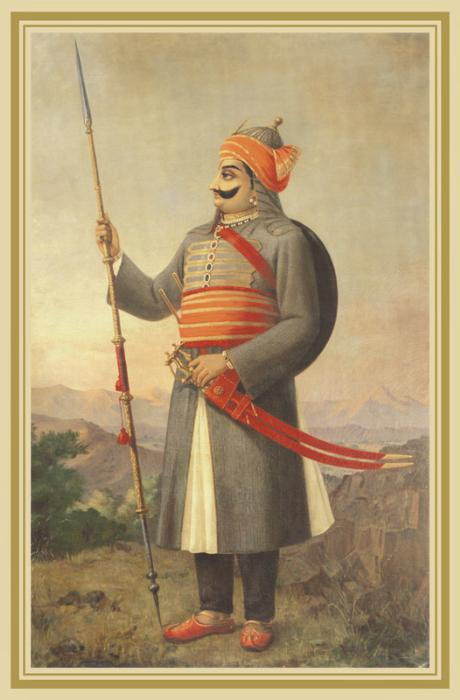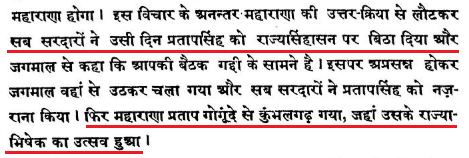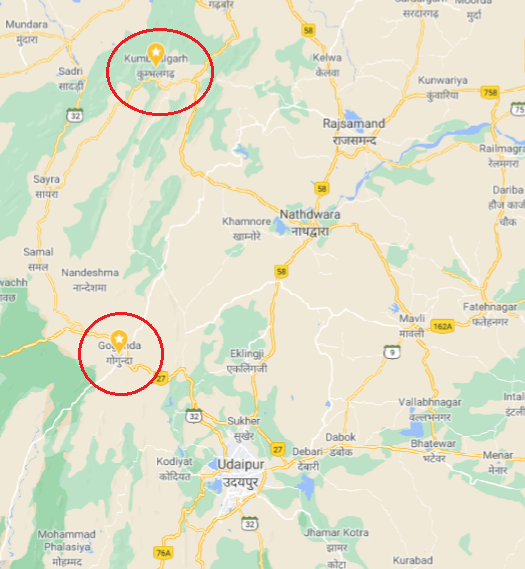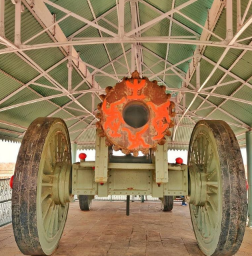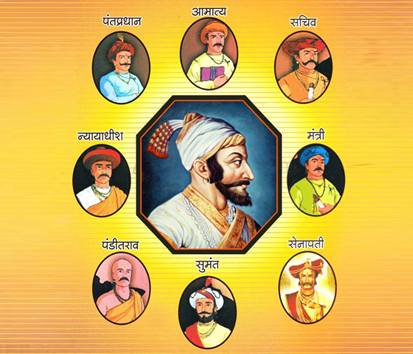
1.
#Thread on the Odia Maritime Activities since ancient times.
#History #NavalHistory #Odisha #Hindutva
#Thread on the Odia Maritime Activities since ancient times.
#History #NavalHistory #Odisha #Hindutva

2.
Kalingan Prince Vijaya was the first Sinhalese king of Sri Lanka. He ruled Sri Lanka in the 6th-century BCE.
Kalingans further established a kingdom in the far-off Maldives Islands before 3rd century BCE !
This is concrete testimony of the early sea-faring people of Odisha.


Kalingan Prince Vijaya was the first Sinhalese king of Sri Lanka. He ruled Sri Lanka in the 6th-century BCE.
Kalingans further established a kingdom in the far-off Maldives Islands before 3rd century BCE !
This is concrete testimony of the early sea-faring people of Odisha.



3.
Ptolemy's work of ~150 CE - "Geography" - mentions the Kalinga trade with *Far-East*.
*Kalinga-Roman* maritime trade flourished as well, judging from the findings of Shishupalgarh excavations.
#InternationalTrade


Ptolemy's work of ~150 CE - "Geography" - mentions the Kalinga trade with *Far-East*.
*Kalinga-Roman* maritime trade flourished as well, judging from the findings of Shishupalgarh excavations.
#InternationalTrade



4.
Buddhist tales, like Mahājanaka Jātaka, tell of sea-faring merchants from Odisha & Bihar hinterlands coming to Kalinga ports for overseas trade.
#Odisha #Bihar #MaritimeTrade
Buddhist tales, like Mahājanaka Jātaka, tell of sea-faring merchants from Odisha & Bihar hinterlands coming to Kalinga ports for overseas trade.
#Odisha #Bihar #MaritimeTrade

5.
Brahmanda Purana also mentions the maritime trade occuring through ancient Odisha.
The 6th century Manjusrimulakalpa mentions the Bay of Bengal as 'Kalingodra' (Kalinga Sea)
#Orissa
Brahmanda Purana also mentions the maritime trade occuring through ancient Odisha.
The 6th century Manjusrimulakalpa mentions the Bay of Bengal as 'Kalingodra' (Kalinga Sea)
#Orissa

6.
Nature has endowed Odisha with many rivers, which provide easy passages to the boats & ships in the coastal plain.
Though its sea coast isn't sufficiently deep,the tidal water rises from 2 - 2.8 mtrs high, which was tolerably good for the size of any ship in pre-modern period
Nature has endowed Odisha with many rivers, which provide easy passages to the boats & ships in the coastal plain.
Though its sea coast isn't sufficiently deep,the tidal water rises from 2 - 2.8 mtrs high, which was tolerably good for the size of any ship in pre-modern period

7.
The south-west, as well as north-east monsoons played important role in Odia seafaring. The Kalinga ports at numerous river-mouths derived their strength from the rich hinterlands not far from the coast.
The south-west, as well as north-east monsoons played important role in Odia seafaring. The Kalinga ports at numerous river-mouths derived their strength from the rich hinterlands not far from the coast.
8.
In the ancient Odisha, multiple types of ships were manufactured. The diversity, & the ship sizes give us the idea of advancement in ship-building technology achieved in Odisha.
80-metre-long ships were being made!
#Shipbuilding
In the ancient Odisha, multiple types of ships were manufactured. The diversity, & the ship sizes give us the idea of advancement in ship-building technology achieved in Odisha.
80-metre-long ships were being made!
#Shipbuilding

9.
The ports of ancient Kalinga are shown in the map below (⭐️)
The ancient port Dhamra is still in use today, by the Indian Navy!
Palur was known as ‘internationally important maritime emporium’ in 2nd-3rd cent CE. Dantapura was the Kalinga capital since Mahabharat-3rd cent BC
The ports of ancient Kalinga are shown in the map below (⭐️)
The ancient port Dhamra is still in use today, by the Indian Navy!
Palur was known as ‘internationally important maritime emporium’ in 2nd-3rd cent CE. Dantapura was the Kalinga capital since Mahabharat-3rd cent BC

10.
The European traveller, Caesar Frederick resided in Odisha between 1560-68. He praised the reigning Hindu Odia king, Mukundadeva, very highly, on account of excellent law & order in Odisha.
"A man could roam with gold without any danger"
*Model #HinduRashtra *
The European traveller, Caesar Frederick resided in Odisha between 1560-68. He praised the reigning Hindu Odia king, Mukundadeva, very highly, on account of excellent law & order in Odisha.
"A man could roam with gold without any danger"
*Model #HinduRashtra *

11.
Bali Jatra festival is observed in Odisha every year on Kartika Purnima. This festival commemorates the maritime history of Odisha & marks the day when ancient seafarers set out for their overseas journey.
It coincides with the favourable wind pattern timing as well!


Bali Jatra festival is observed in Odisha every year on Kartika Purnima. This festival commemorates the maritime history of Odisha & marks the day when ancient seafarers set out for their overseas journey.
It coincides with the favourable wind pattern timing as well!



12.
We should learn & cherish such ancient maritime traditions like that of Odisha, and celebrate them, like the Bali Jatra in Odisha.
#MaritimeHistory #Hindutva #FestivalsOfIndia #Festivals
We should learn & cherish such ancient maritime traditions like that of Odisha, and celebrate them, like the Bali Jatra in Odisha.
#MaritimeHistory #Hindutva #FestivalsOfIndia #Festivals

• • •
Missing some Tweet in this thread? You can try to
force a refresh

